Buy Orange party c. 1890, Jac van Looij, 1890 - 1892 oil on canvas, h 112cm × w 160cm as a reproduction on canvas, ArtFrame, poster and wallpaper, printed on demand in high quality.
About "Orange party c. 1890, Jac van Looij, 1890 - 1892 oil on canvas, h 112cm × w 160cm"
About the artwork
Orange party ca. 1890, Jac van Looij, 1890 - 1892 Oil on canvas, 160x110 Orange party is a painting by Dutch writer-artist Jacobus van Looy, painted in 1890-1892. It is a personal impression of a Dutch folk festival, by night. The canvas is in the Rijksmuseum's collection. Oranjefeest shows a vague impression of a dancing mob of costumed Amsterdam revellers, by night, in the street, complete with lanterns and fireworks. It is a momentary impression, steeped in emotion, verging on disgust, but without moral condemnation. There is something animalistic about the tangle of instinctively moving bodies and the head with the gaping mouth at the centre. Outlines of people and things shimmer away. "The bustle is well in," Van Looy himself wrote. The painting can therefore be seen less as an observation and registration of a popular festivity, as the personal portrayal of an individual ecstatic experience. On 13 April 1887, Amsterdam celebrated the so-called Orange Festival in honour of King Willem III's birthday. After first spending time with some friends from the Tachtigers movement, Van Looy, in his own writing, wandered "restlessly" through the nocturnal capital. "The poor celebrated that monstrous party in the working-class neighbourhoods, 'Tis a troop of drunken bitches wearing orange knickers, poor man's knickers, or if you like whore's knickers, dyed orange in a pot boiling
Old Master collections
Discover more Old Masters in the following collections:
 Netherlands
Netherlands Ordered in October 2022
Ordered in October 2022
 Germany
Germany Ordered in December 2021
Ordered in December 2021
 Germany
Germany Ordered in February 2023
Ordered in February 2023
 Netherlands
Netherlands Ordered in August 2023
Ordered in August 2023
 Germany
Germany Ordered in September 2025
Ordered in September 2025
 Germany
Germany Ordered in December 2023
Ordered in December 2023
 Germany
Germany Ordered in April 2020
Ordered in April 2020
 Germany
Germany Ordered in January 2021
Ordered in January 2021
 Germany
Germany Ordered in January 2022
Ordered in January 2022
 Germany
Germany Ordered in November 2020
Ordered in November 2020
 Netherlands
Netherlands Ordered in December 2024
Ordered in December 2024
 Netherlands
Netherlands Ordered in June 2019
Ordered in June 2019
About the material
ArtFrame™
Interchangeable Art Prints
- High-quality print
- Easily interchangeable
- Acoustic function
- Large sizes available
Discover the Old Masters collection
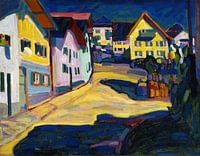 Murnau, Burggrabenstrasse 1, Wassily Kandinsky
Murnau, Burggrabenstrasse 1, Wassily Kandinsky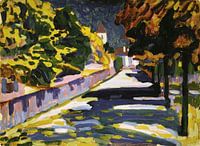 Autumn in Bavaria, Wassily Kandinsky
Autumn in Bavaria, Wassily Kandinsky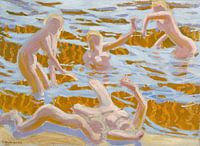 Oceanides, Akseli Gallen-Kallela
Oceanides, Akseli Gallen-Kallela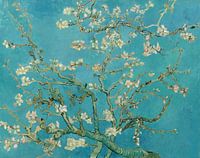 Almond blossom painting by Vincent van Gogh
Almond blossom painting by Vincent van Gogh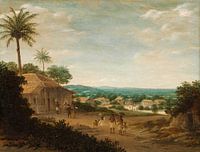 Brazilian Village, Frans Jansz Post
Brazilian Village, Frans Jansz Post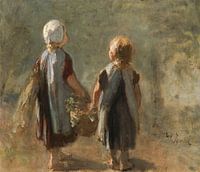 Two little girls carrying a basket - Jozef Israels
Two little girls carrying a basket - Jozef Israels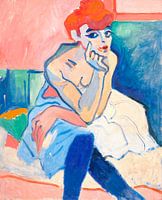 Woman in a Chemise, André Derain
Woman in a Chemise, André Derain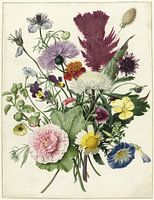 Bouquet of flowers on white background (seen at VT Wonen)
Bouquet of flowers on white background (seen at VT Wonen)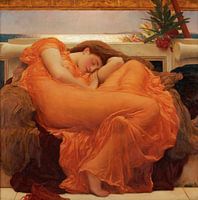 Flaming June, Frederic Leighton
Flaming June, Frederic Leighton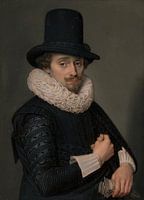 Self-portrait, Adriaen van de Venne
Self-portrait, Adriaen van de Venne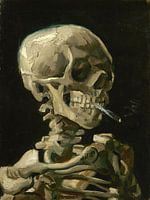 Head of a Skeleton with a Burning Cigarette, Vincent van Gogh
Head of a Skeleton with a Burning Cigarette, Vincent van Gogh The Artist's Garden at Giverny, Claude Monet
The Artist's Garden at Giverny, Claude Monet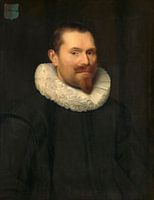 Portrait of a man, anonymous - 1633
Portrait of a man, anonymous - 1633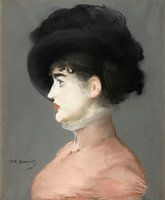 Irma Brunner, Édouard Manet
Irma Brunner, Édouard Manet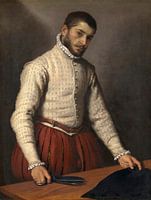 The Tailor, Giovanni Battista Moroni
The Tailor, Giovanni Battista Moroni Olive grove with two olive pickers, Vincent van Gogh
Olive grove with two olive pickers, Vincent van Gogh Vincent van Gogh. Sunflowers
Vincent van Gogh. Sunflowers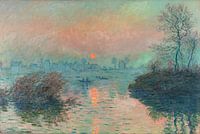 Sunset on the Seine at Lavacourt, Claude Monet
Sunset on the Seine at Lavacourt, Claude Monet Vincent van Gogh, Cornfield with partridge
Vincent van Gogh, Cornfield with partridge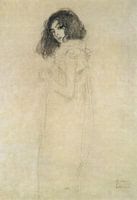 Portrait of a Young Woman, Gustav Klimt
Portrait of a Young Woman, Gustav Klimt
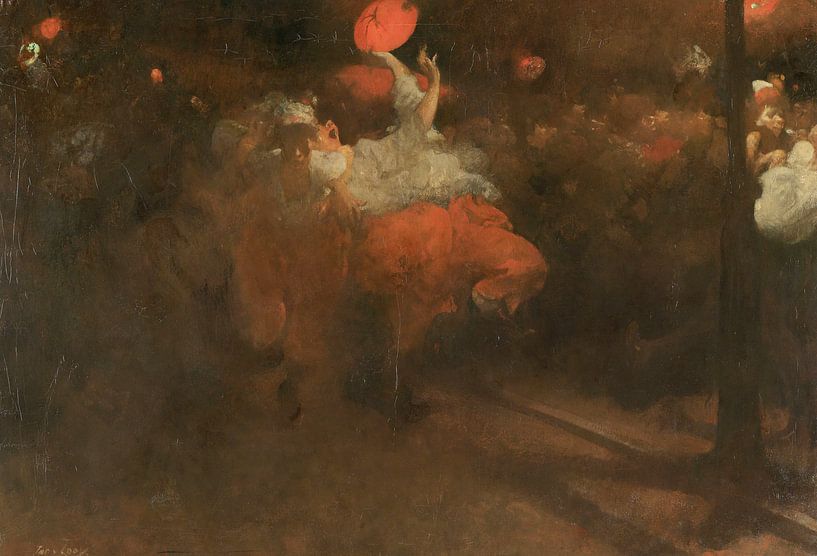
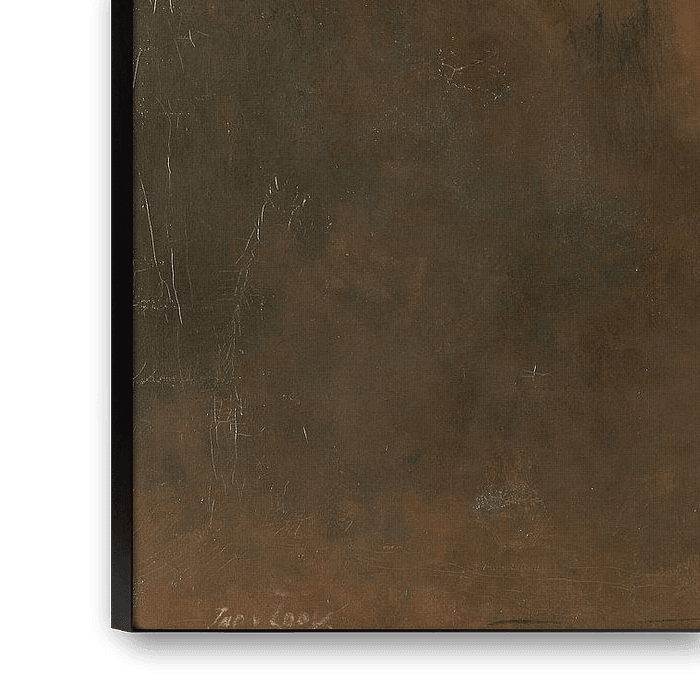
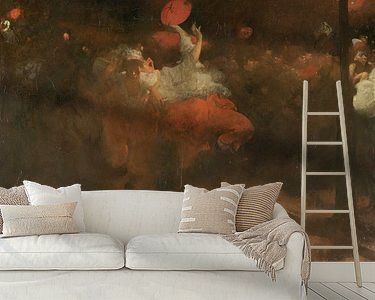






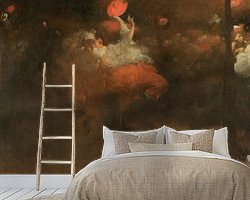



 Classic
Classic Dreamy Escapes
Dreamy Escapes Mysterious Spheres
Mysterious Spheres Old masters
Old masters Paintings
Paintings









